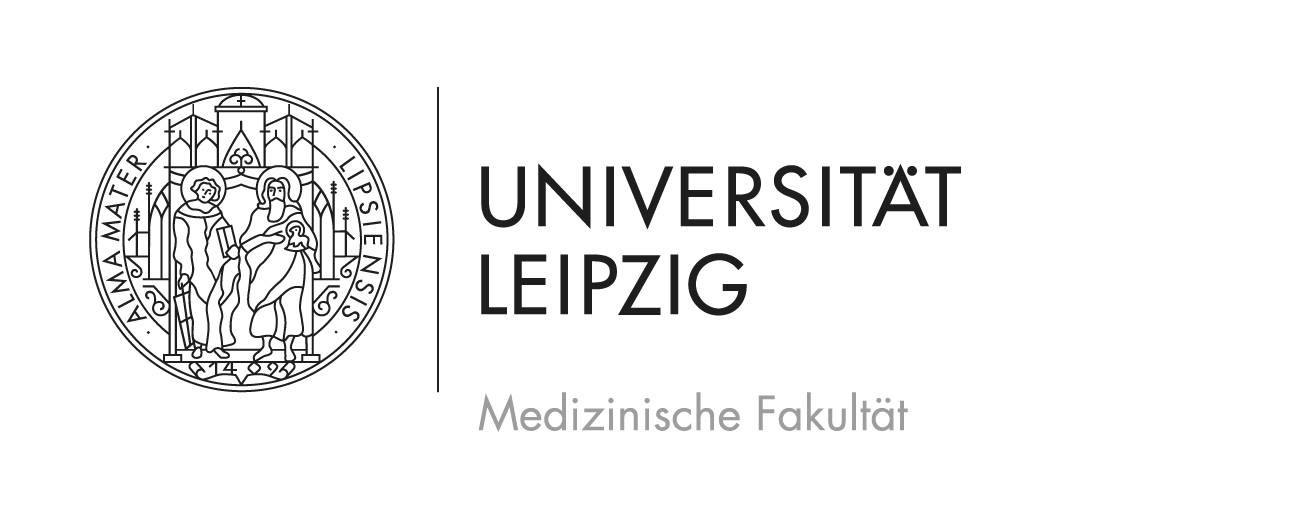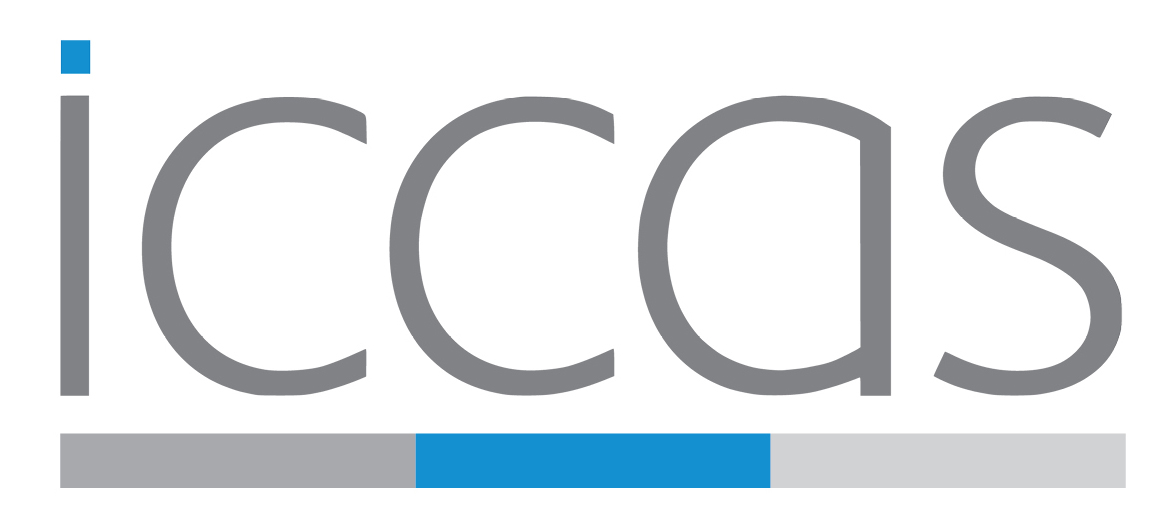12.08.2025
 KIMed – the network for artificial intelligence in medicine
KIMed – the network for artificial intelligence in medicine
KIMed – the network for artificial intelligence in medicine brings together data-leading institutions, methodological and technical partners, and users from the medical field with the common goal of establishing a powerful and secure research environment and specifically promoting AI innovations. A central project of the network is the design of a protected infrastructure for processing medical data in Saxony. This infrastructure will enable the use of large, networked data sets under strict data protection guidelines. In this way, KIMed creates the conditions for modern AI applications to be developed in a secure structure and, in the future, used in medical research and practice.
The central objectives of the project are:
- Network development and governance: Development of a sustainable network for networking and coordination of research partners, establishment of effective network governance, and initiation of new third-party funded projects by members
- Networking to establish a protected research environment: Development of a Secure Processing Environment (SPE) that enables the secure processing and analysis of sensitive medical data without the need for physical transfer
- KIMed portal for data indexing and networking: Establishment of a central portal for accessing medical data sources, generating synthetic data, and networking existing data sets
- Testing of cooperative demonstrators in the SPE: Development and provision of practical application examples that demonstrate the added value of the protected research environment and offer researchers and clinical partners innovative uses
- Training, further education, and consulting: Design and provision of training courses for all network participants and consulting for partners on the optimal use of network resources
All measures strengthen and combine the future fields of health and digital technology to create an important research and innovation location for the healthcare industry and healthcare provision. The initiative is not only of central importance for the Free State of Saxony, but also has national and international relevance.
KIMed is a joint project of the Technical University of Dresden, the University of Leipzig, and Mittweida University of Applied Sciences. The network aims to actively shape medical progress – for better care, research, and teaching.
KIMed will be funded from April 2025 to December 2027 with €3.6 million from the European Regional Development Fund (ERDF) and tax revenues based on the budget approved by the Saxon state parliament.
11.07.2025
 DigiPhysio – NEO-TAPI
DigiPhysio – NEO-TAPI
Despite major scientific advances, neonatal sepsis and premature infant apnoea remain key challenges in neonatal intensive care medicine. Late-onset sepsis is blood poisoning that occurs at the earliest 72 hours after birth and is usually caused by hospital germs. Apneas (breathing stops) occur in almost all premature babies and often lead to critical drops in oxygen saturation (SpO2}. Although current monitoring makes it possible to detect sepsis and apnea, it requires numerous contact electrodes, which can cause skin damage in immature premature babies. In addition, apnea is often only detected through its effects (drop in SpO2). The aim of the project is to develop a contactless measurement method for recording respiratory movement and body temperature for sepsis and apnea detection, based on the time-of-flight measurement of electromagnetic waves and optical temperature measurement, in order to reduce the number of wired sensors.
 AID4HER2
AID4HER2
The project will investigate whether the expression of a specific gene in gastric tumors can be determined solely from tissue sections after routine staining and using advanced deep learning techniques. This could optimize and potentially replace current methods, which are costly and time-consuming. For this purpose, an extensive data set from an already completed multicenter study and complex neural networks will be used. The results could lead to faster and more cost-effective diagnostics and personalization of treatment for patients with gastric cancer. The models and results will be made publicly available to support further research and possible integration into clinical cancer treatment.
24.06.2025
 DaDriv-StAC
DaDriv-StAC
The DaDriv-StAC project aims to develop a digital platform that enables data-driven decision support in the aftercare of stroke patients. The focus is on researching and applying the innovative concept of virtual medical twins. These will integrate and analyse complex health data from different sectors – such as acute hospitals, rehabilitation facilities and the outpatient sector – and compare it with standardized and individual treatment paths. Artificial intelligence (AI) will be used to derive treatment recommendations that support personalized and guideline-based treatment throughout the entire course of care.
As stroke aftercare is particularly challenging due to individual risk factors, secondary diseases and long-term restrictions such as paralysis or speech disorders, DaDriv-StAC aims to improve cross-sector networking and continuous therapy monitoring. To date, there has been a lack of corresponding technological platforms that dynamically update, network and evaluate health data in a meaningful way for those treating patients. The project is the first to implement the concept of a dynamic virtual twin in stroke aftercare, which continuously adapts to the course of treatment and thus enables data-based feedback to practitioners and patients.
Leipzig University Medicine (UML) is playing a central role in this. Together with Actimi GmbH, it is developing the platform and conducting a clinical feasibility study to evaluate acceptance, effectiveness and practicability. In addition, the data collected will be used for medical quality assurance and process optimization.
The technological core of the project is the creation of a new data model that integrates medical, clinical and subjective patient data (e.g. PROMs/PREMs). Based on this, new analysis and decision-making methods will be developed that enable a more precise assessment of risk factors and the comparison of individual progressions with optimal treatment paths.
The project thus addresses key challenges facing the healthcare system: it aims to close information gaps, improve treatment quality and contribute to more efficient, personalized care in the long term. The results will be both scientifically published and prepared for later commercial scaling.
DaDriv-StAC meets the objectives of the funding line for the development of data-driven decision-making and support systems in the healthcare sector and makes an important contribution to digitalization and innovation in medical care.
19.06.2025
 SUSTAINET – guarDian
SUSTAINET – guarDian
The SUSTAINET-guarDian project is developing secure, resilient and sustainable mobile communications infrastructures based on a further development of today’s 5G technologies towards a service-based architecture. It deliberately avoids a completely new 6G generation. The focus is on a robust security architecture, automated network control and the targeted use of artificial intelligence (AI) to make networks efficient, reliable and scalable.
Important goals are the standardization of authentication and encryption, protection across untrusted network segments and the protection of AI over its entire life cycle. Cyber resilience is strengthened by modern measures such as homomorphic encryption, quantum key exchange and trustworthy cloud usage.
Another focus is on sustainability and energy efficiency. This includes distributed learning, efficient algorithms and methods for reducing energy consumption. The solutions developed will be tested and optimized using practical demonstrators in the areas of smart grid and medical applications.
21.03.2025
 Rea-FBS
Rea-FBS
The aim of this research and development project is to significantly increase the chances of survival after a sudden cardiovascular arrest. The focus is on the development of a portable, non-invasive ultrasound device that measures the blood flow in the common carotid artery in real time during resuscitation. Immediate feedback is intended to optimize the quality of cardiac massage, leading to an improved oxygen supply to the brain.
Another important part of the project is a study investigating the relationship between the measured blood flow values and the neurological prognosis of patients. The novel Doppler ultrasound method used enables precise vessel localization without complex parameterization and is designed to be used safely by both medical professionals and lay helpers.
The device is suitable for both clinical and preclinical emergency situations and offers the potential to significantly improve resuscitation measures.
The project is being carried out in close cooperation between Leipzig University Medical Center and the company GAMPT, with the clinical studies taking place under the direction of Leipzig University Medical Center and the further development and production of the device taking place in Germany.
10.01.2025
 Clinical relevance HSI/MSI
Clinical relevance HSI/MSI
Multi- and hyperspectral imaging (MSI and HSI) can support the intraoperative assessment of tissue perfusion, identification of tissue structures and tumor tissue. The aim of this project is to acquire and analyze spectral data with different MSI and HSI systems in a (pre-)clinical environment. Potential clinical fields of application and limits of the technology will be evaluated. Furthermore, procedures for the automatic classification and visualization of tissue using spectral image data are developed and implemented. The resulting information will be available to surgeons intraoperatively using augmented reality methods.
 QoE
QoE
The project “Development of a system for a Quality of Experience in telemedical data exchange (QoE)” aims to improve the quality of telemedicine in mobile medical units. Telemedicine applications, especially in rural or remote areas, suffer from unstable network connections. The QoE system prioritizes medically relevant data and reduces less important data streams in order to make optimal use of the connection quality in real time. It compensates for fluctuations in network quality through intelligent data prioritization and compression to ensure continuous, high-quality treatment. The focus is on applications in emergency vehicles, where network coverage is often inadequate. The use of modern technologies such as AI and data-intensive IT concepts ensures reliable and high-quality telemedical care.
17.09.2024
 SoKoRoMed
SoKoRoMed
The aim of the project is to develop intelligent soft and continuum robots (SCR) that can be flexibly adapted to anatomical conditions and safely integrated into clinical treatment procedures. To this end (read more)
30.07.2024
 SurgiTrace
SurgiTrace
The SurgiTrace project aims to develop an intelligent, AI-supported system for effective resource planning during surgical procedures. (read more)




